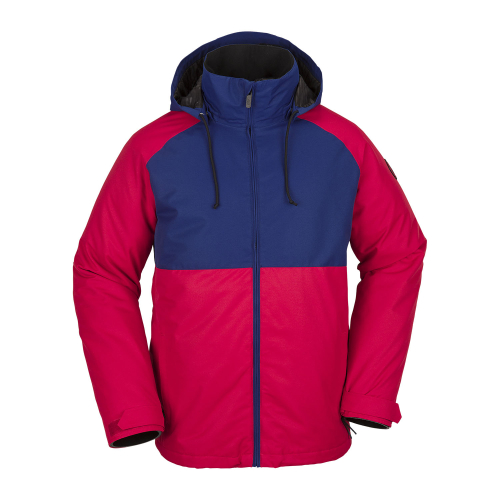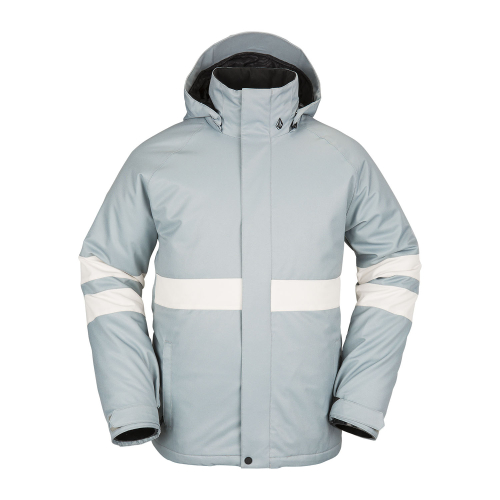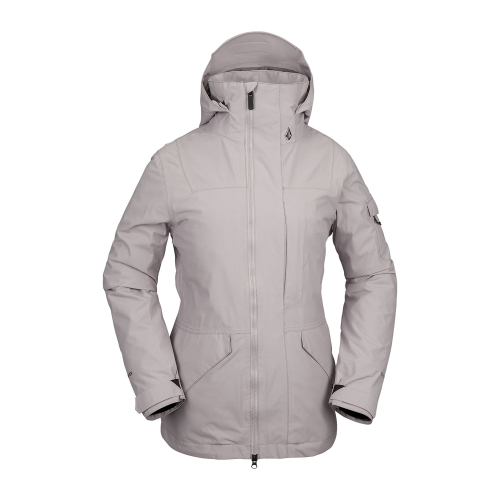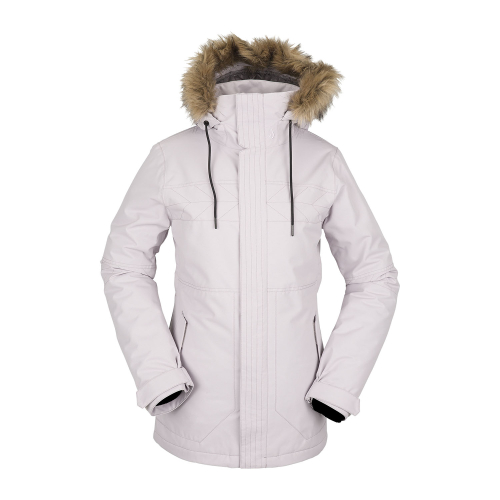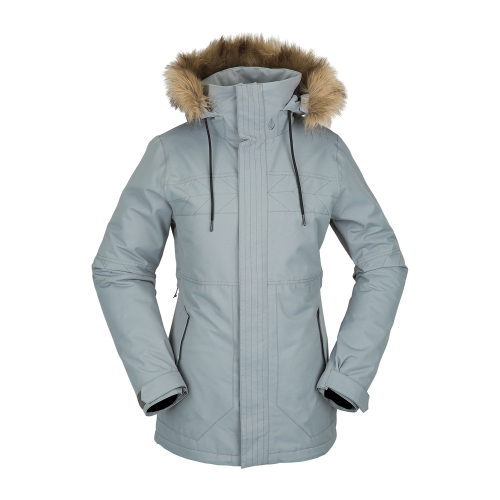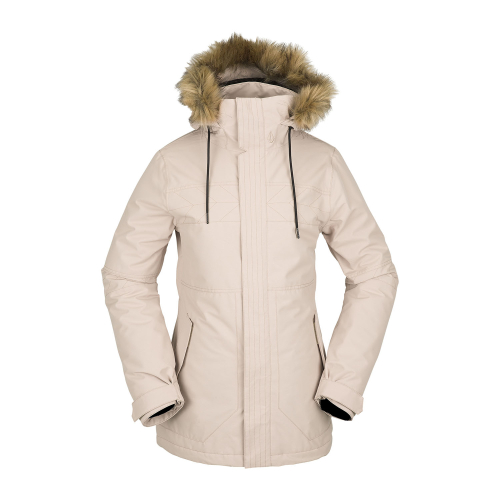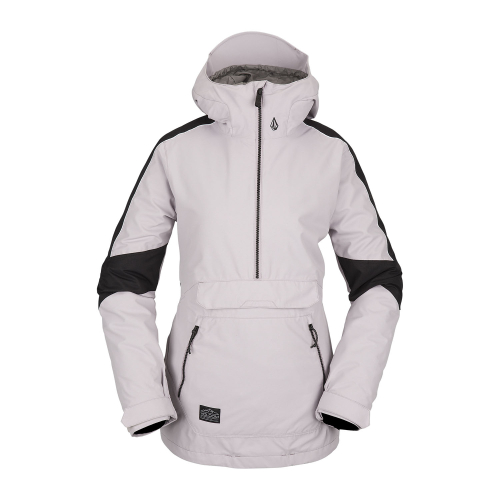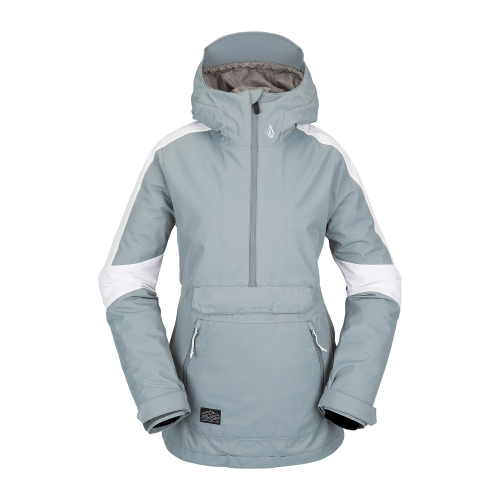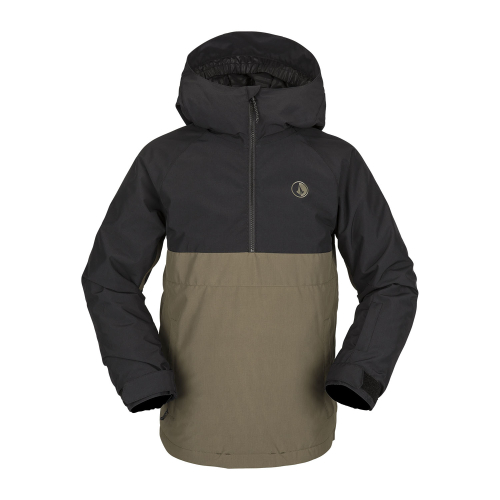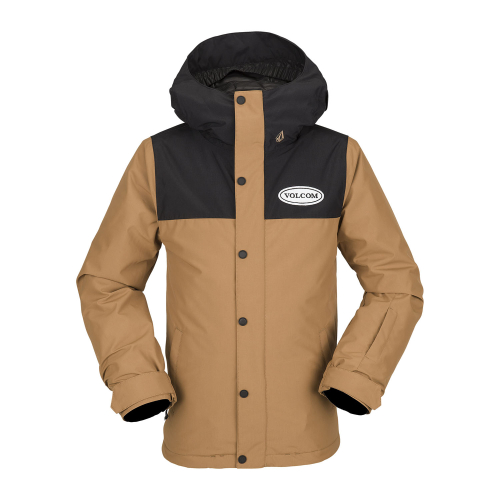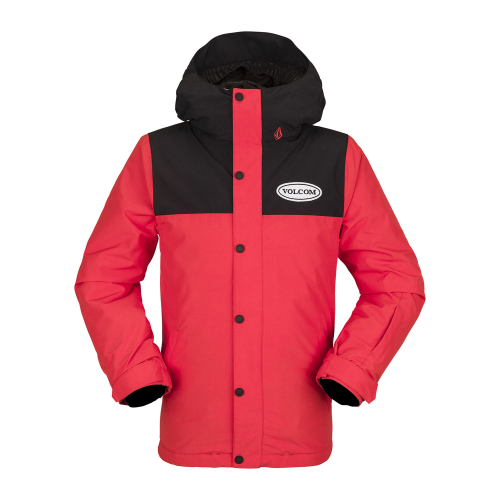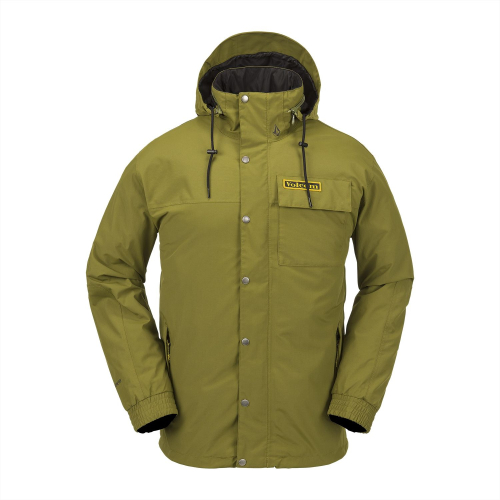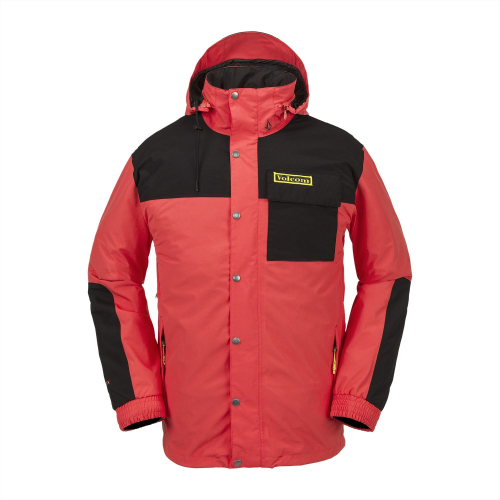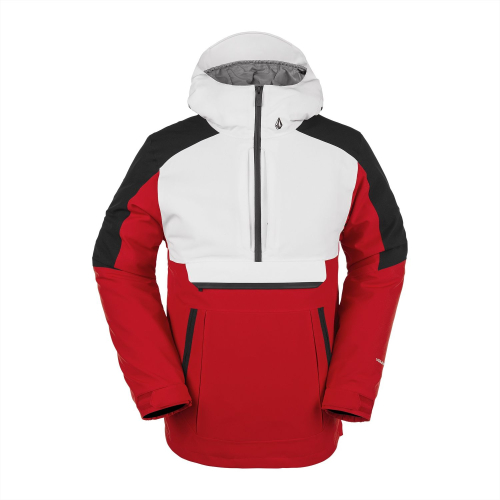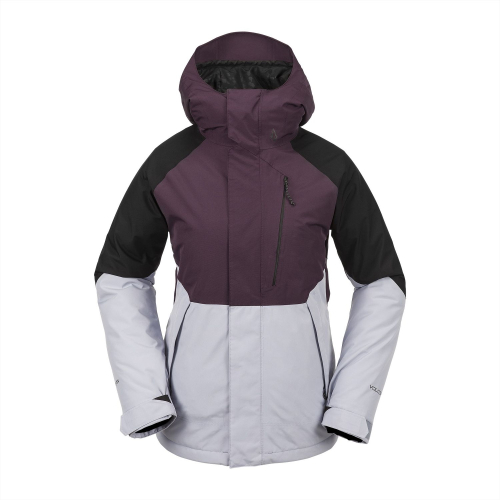Christmas before Christmas : -10% extra discount with the code NOEL10
- Women's Ski / Snow Jacket Volcom FAWN INS HEATHER GREYAs low as €105.12 was €219.00
 Tailles disponibles : S
Tailles disponibles : S - Volcom 2836 Ins Jacket Red Men's Ski/Snow JacketAs low as €92.61 was €189.00
 Tailles disponibles : L
Tailles disponibles : L - Men's Ski/Snow Jacket Volcom Jp Ins Jacket Light GreyAs low as €112.21 was €229.00
 Tailles disponibles : S M XL
Tailles disponibles : S M XL - Volcom Iris 3-In-1 Gore-Tex Jacket Amethyst Smoke WomenAs low as €264.11 was €539.00
 Tailles disponibles : XS
Tailles disponibles : XS -
-
Any questions ?
A real ski store
answers your questions - Women's Ski/Snow Jacket Volcom Fawn Ins Jacket Amethyst SmokeAs low as €122.01 was €249.00
 Tailles disponibles : S M
Tailles disponibles : S M - Ski/Snow Jacket Volcom Fawn Ins Jacket Green Ash WomenAs low as €122.01 was €249.00
 Tailles disponibles : L
Tailles disponibles : L - Women's Ski/Snow Jacket Volcom Fawn Ins Jacket SandAs low as €122.01 was €249.00
 Tailles disponibles : M L
Tailles disponibles : M L - Women's Volcom Mirror Pullover Amethyst Smoke Ski/Snow JacketAs low as €107.31 was €219.00
 Tailles disponibles : L
Tailles disponibles : L - Women's Ski/Snow Jacket Volcom Mirror Pullover Green AshAs low as €107.31 was €219.00
 Tailles disponibles : S
Tailles disponibles : S - Boy's Volcom Sluff Ins Pullover Dark Teak Ski/Snow JacketAs low as €92.61 was €189.00
 Tailles disponibles : S M
Tailles disponibles : S M - Volcom Stone.91 Ins Jacket Caramel Boy's Ski/Snow JacketAs low as €73.01 was €149.00
 Tailles disponibles : S M
Tailles disponibles : S M - Ski/Snow Jacket Volcom Stone.91 Ins Jacket Orange Shock BoyAs low as €73.01 was €149.00
 Tailles disponibles : XL
Tailles disponibles : XL - Volcom Ins Riding Flannel Black Men's Ski/Snow JacketAs low as €60.76 was €124.00
 Tailles disponibles : XS
Tailles disponibles : XS - Men's Volcom L Ins Gore-Tex Brown Ski/Snow JacketAs low as €185.71 was €379.00
 Tailles disponibles : XS
Tailles disponibles : XS - Men's Volcom Longo Gore-Tex Beige Ski/Snow JacketAs low as €210.21 was €429.00
 Tailles disponibles : XS S M
Tailles disponibles : XS S M - Volcom Longo Gore-Tex Ski/Snow Jacket Green ManAs low as €210.21 was €429.00
 Tailles disponibles : S
Tailles disponibles : S - Volcom Longo Gore-Tex Orange Men's Ski/Snow JacketAs low as €210.21 was €429.00
 Tailles disponibles : XXS XS S M L
Tailles disponibles : XXS XS S M L -
- Volcom Brighton Pullover Blue Men's Ski/Snow JacketAs low as €141.61 was €289.00
 Tailles disponibles : S M
Tailles disponibles : S M - Volcom Brighton Pullover Ski/Snow Jacket Red for MenAs low as €141.61 was €289.00
 Tailles disponibles : M L
Tailles disponibles : M L - Volcom Longo Pullover Black Men's Ski/Snow JacketAs low as €122.01 was €249.00
 Tailles disponibles : XXS XS S M L XL
Tailles disponibles : XXS XS S M L XL - Volcom Longo Pullover Orange Men's Ski/Snow JacketAs low as €122.01 was €249.00
 Tailles disponibles : XS S M L XL
Tailles disponibles : XS S M L XL - Women's Fern Ins Gore Pullover Ski/Snow Jacket GreenAs low as €171.01 was €349.00
 Tailles disponibles : S M
Tailles disponibles : S M - Women's Ski/Snow Jacket Volcom V.Co Aris Ins Gore VioletAs low as €161.21 was €329.00
 Tailles disponibles : XS S M L
Tailles disponibles : XS S M L
Looking to change your ski or snowboard jacket? Don’t hesitate, this section is made for you!
Skiing or snowboarding requires warm jackets that are at the same time flexible, comfortable, waterproof, and resistant to bad weather. Millet, Poivre Blanc, Degre7, and Volcom, not to forget Burton and Norrona, are among the most popular brands. You need a ski jacket that will protect you from the cold (thermal insulation), from external moisture (rain, snow), and that will also naturally allow sweat to evaporate.
Some tips to successfully buy your ski/snowboard jacket:
- The multilayer principle :
The main idea of multilayering is to juggle with 3 layers of clothing to face all kinds of climates :
- layer 1: technical base layer to wick away sweat (Odlo)
- layer 2: thicker layer to produce warmth (Millet, Degre7, Norrona)
- layer 3: protection against external climatic aggressions, rain, snow, and wind (Millet, Poivre Blanc, Degre7 ...).
- The functionality of the ski/snow jacket :
You first need to define the use of your ski jacket. Do you need a very technical jacket to ski whatever the weather? A jacket for snowboarding, freestyle, or freeride? Or a jacket for very occasional use on the slopes?
If you ski one week per year, mainly on sunny days, a water-repellent jacket (see explanations below) will be enough (Degre7, Millet) but less durable over time than a membrane model (Eider or Volcom).
If you snowboard, snow jackets are more specific. They have a wider cut for greater freedom of movement. Time spent sitting in the snow does not alter the insulating capacity of your snow jacket.
For freestyle skiing, jackets are very similar to snowboarding jackets.
For freeride use, the jacket must be technical, with a high-performance and breathable membrane (Gore-Tex membrane for example) to stay warm and dry whatever the conditions.
For thermal gain without loss of ergonomics, you can combine a base layer with a technical Odlo t-shirt (which wicks sweat).
- Protection against external moisture :
A fabric is by definition not waterproof, because it is woven. Indeed, the weave, however fine, leaves many gaps between the threads (just look at a fabric against a lamp light to notice it). To improve the fabric’s ability to protect against bad weather, two techniques are used :
- Water-repellent treatment:
It consists of a superficial application of a water-repellent substance that lets water droplets slide off. But this technique does not make the garment truly waterproof. Indeed, when the fabric is subjected to too much water pressure, the water ends up penetrating it. Moreover, these treatments resist washing machine poorly (after 3 or 4 washes, their efficiency is generally strongly reduced). But you can re-treat them with waterproofing sprays when necessary, or with specific products that provide water-repellent treatment.
Most low and mid-range ski garments are water-repellent. That said, a water-repellent fabric is sufficient for less intense use of a piste ski jacket.
- Coatings or membranes :
Waterproofness is ensured by an independent membrane, called coating, which is a thin layer of material applied. For sports use such as skiing or snowboarding, it is preferable to choose a breathable coating or membrane like GORE-TEX which allows sweat to evaporate as water vapor. These fabrics are much more durable over time than water-repellent treatments.
This process allows a garment to be very waterproof and breathable, but it can still remain permeable to water at the seams. On technical garments (Millet or Volcom for example), the seams are sealed with a heat-sealed tape. These are "sealed seams" or "heat-sealed seams".
Find a wide selection of equipment on our online store Snow Concept, specialist in ski, snowboard and accessories equipment. For personalized advice, contact us info line: 09.63.00.76.65 or via our contact form, our technical advisors will guide you in your ski purchase.





 SP
SP



